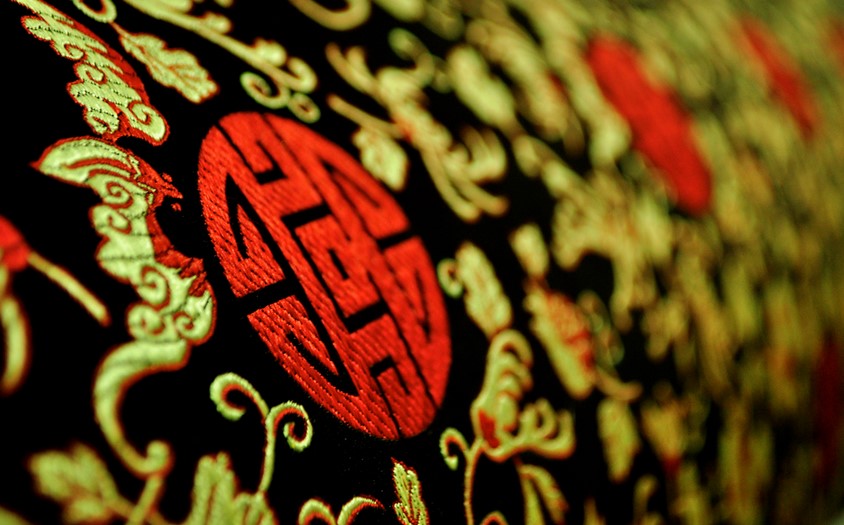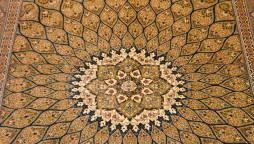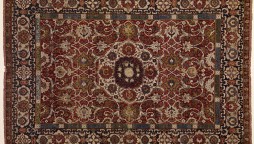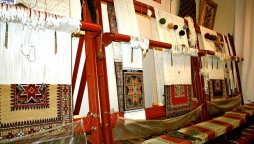A Brief History of Ancient Textile Artistry

Mankind’s Advancements in Apparel
Textiles often bring the clothing industry to mind; yet, the subject encompasses far more than the fabrics and other materials involved in fashion, covering everything from towels to tapestries, and coming from a millennia-old history that parallels some of the greatest achievements of Mankind.
As the owner of Ahdoot Oriental Rugs, I have had the pleasure of coming across numerous handwoven textiles over the years. They’ve become some of my most treasured pieces, as I know their history spreads out far beyond that of Oriental and Persian rugs. And while we as enthusiasts and collectors know much of the rug’s origination, textile history remains an area which is still being discovered, and may reach back thousands and thousands of years before the first rugs we know today were ever produced.
Eastern Asia
Complex, largely silk clothing likely began in China and surrounding areas around 3500 BCE, with some evidence showing the possibility of earlier iterations dating to roughly 6000 BCE. The weaving possibly took place on the pit-treadle loom, which some experts say originated in China, and then expanded to other countries that include modern day Japan, Korea and Khotan over the course of two millennia, each featuring their own take on the spinning and weaving of silk.
India
Before recorded history even began, India was already practicing the art of spinning, dying and weaving clothing and textiles. Cotton was likely the first material to be used in the area for clothing and other household items around the 5th millennium BCE, and was typically reserved for the elite class who employed slaves for its manufacture – much like the rest of the world at the time.
Egypt
Evidence suggests that various types of handwoven cloths and wearable attire showed up around 5500 BCE, made of such incredibly durable but more difficult to render materials as rush, reed, palm and papyrus fibers. While Egypt eventually adopted the use of wool in the production of textiles, for both mummification bandages as well as shirts and jackets, its use was much rarer in this early period.
Europe
Much of what was available in Europe for many centuries came as a result of trade through the Silk Road, which connected merchants in Asia and the West. It was through this trade that Europe eventually procured their own weaving implements and began producing garments and other textiles somewhat later than the East. Greece was probably the first to use these fabrics in everyday items, and soon after the rest of Europe followed suit.
South America
The country of Peru holds the longest unbroken history of textile arts, with many surrounding countries likely benefitting from their nearly 10,000-year record of hand weaving – and as many archaeologists mention, their techniques span the entire spectrum of techniques we know today. As such, the practice became inseparably intertwined with the South American culture, the art being used in everything from courtship and marriage ceremonies to funerals.
The Growth to Handmade Perfection
Over many centuries, the tools and methods used in the production of textiles improved significantly, taking the earliest roughly-manufactured articles to the finely crafted pieces we see in today’s textile market. Though much of what is available now is machine-produced, the practice of hand spinning and hand weaving still exists in many parts of the world that include such areas as Iran, Peru, India, China and Pakistan. Each of these countries, along with a few other smaller communities in the world, still appreciate the timelessness and profound skillfulness of one of mankind’s earliest art forms.
Want to learn more about antique textiles? Visit our showroom to speak with one of our experts on the history and beauty of these handmade wonders.






